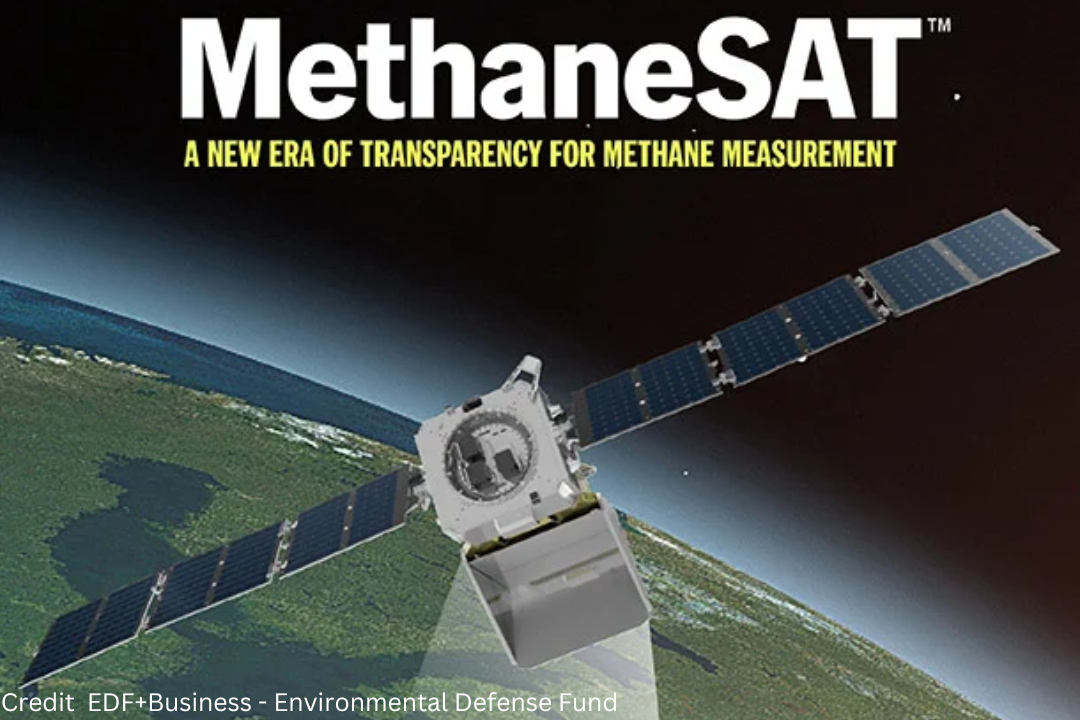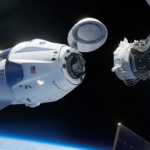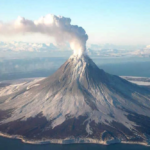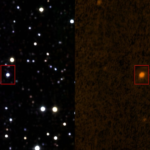In order to quantify, map, and minimize leaks, a methane-measuring satellite that uses Google’s AI is scheduled for launch in March. The goal is to produce the most comprehensive picture of methane emissions to date as part of a partnership with the charity Environmental Defense Fund. Finding the worst locations and the people responsible should be helpful.
A new satellite will map methane leaks from space using artificial intelligence from Google.
As methane contributes around one-third of the global warming brought about by greenhouse gases, authorities both domestically and internationally are advocating for more stringent regulations to stop it’s leaks from oil and gas facilities. MethaneSAT is going to measure the invisible methane plumes that come from oil and gas operations all around the world. Google and EDF will then map those leaks so that the public, regulators, and researchers can use them.
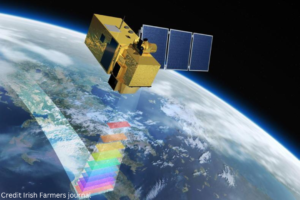
According to Steve Hamburg, principal scientist and project director for MethaneSAT at EDF, “we’re effectively putting on a really high-quality set of glasses, allowing us to look at the Earth and these emissions had a crispness never seen before.”
However, it’s specialists warn that it will be difficult to get a corporation to fix a leak and that cooperation alone won’t be sufficient to solve it.
The innovations, regulations, and pledges offering a ray of light in an otherwise dismal year.
MethaneSAT’s algorithms and spectrometers, which employ light wavelength measurements to identify methane, will locate concentrated it’s plume spots as well as the larger regions where the gasses diffuse and spread once they are in orbit. Additionally, it will make use of Google’s image identification algorithms to produce the first comprehensive worldwide map of the infrastructure used by the oil and gas sector, including storage tanks and pump jacks, where leaks most frequently happen.
According to Stanford professor of Earth system science Rob Jackson, this technique could help it’s researchers with a major issue. There are millions of oil and gas activities worldwide, but access to information regarding the locations of many of these sites is costly and often well guarded. Additionally, several nations forbid researchers from examining their infrastructure or measuring pollutants using low-flying aircraft. Satellites could make that different.
“AI, in my opinion, is the field’s future, and it is imperative that we build databases of all these different kinds of infrastructure,” Jackson states.
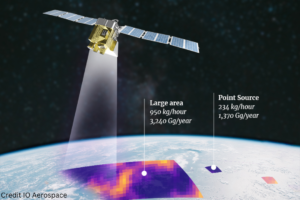
This is due to the fact that detecting plumes from orbit avoids a lot of the ambiguity surrounding the oil and gas sector on Earth. “One window that satellites are opening is the capacity for universal observation. Eventually, there won’t be somewhere to hide.
The Methane SAT partnership is being launched at a time when governments around are stepping up their efforts to stop methane leaks. Driven by the COP28 momentum in December, the Biden administration unveiled new regulations in December that will mandate more leak detection and repair.
Read More Articles
Nandina REM Wants To Revolutionize The Aircraft Parting Out Sector
a year after 12,000 were let go, but employee concerns that AI will gradually replace them.
Why Did BEAM’s Price Drop by 7% Today?
The administration also suggested in January that businesses be fined for producing excess methane, but the industry is opposing this rule, which has not yet been adopted. In November, the European Union also consented to more stringent guidelines.
After the MethaneSAT partnership pinpoints the source of leaks, EDF will make use of the UN’s global Methane Alert and Response System, which notifies governments and decision-makers about methane leaks so they may take appropriate action. According to Hamburg of EDF, the satellite’s initial data and pictures should be available in the early summer.
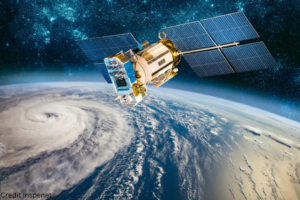
While Jackson is hopeful that increased precision data from Google and EDF will exert pressure on businesses, he warns that it is not easy to get from awareness to action.
.. One problem is that identifying who controls the infrastructure and what resources are available to persuade them to take action can be difficult, even in cases where a specific oil and gas business is flagged as a bad actor. Furthermore, it’s possible that some governments and areas will react to the data differently than others.
He expresses doubt that merely possessing this knowledge will cause businesses and nations to turn off methane emissions like a light switch.
